Wrapping
Wrapping
Wrapping in Packaging
Wrapping is a crucial concept in the world of packaging. It involves covering a product with a material to protect it during shipping, storage, and handling. Wrapping ensures that items remain intact and undamaged until they reach the consumer.
Types of Wrapping Materials
There are various materials used for wrapping. Common ones include plastic wrap, paper wrap, and foil wrap. Each material has its own benefits. For example, plastic wrap is flexible and waterproof, while paper wrap is eco-friendly and recyclable.
Benefits of Wrapping
Wrapping offers many advantages. It protects products from dust, moisture, and physical damage. It also helps in keeping items clean and presentable. Additionally, wrapping can provide a layer of security, preventing tampering and theft.
Wrapping Techniques
There are different techniques for wrapping products. Some common methods include shrink wrapping, stretch wrapping, and banding. Shrink wrapping involves applying heat to shrink the wrap tightly around the product. Stretch wrapping uses stretchable plastic film to secure items, while banding involves using straps to hold products together.
Environmental Impact
It's important to consider the environmental impact of wrapping materials. Opting for biodegradable or recyclable materials can reduce waste and promote sustainability. Many companies are now focusing on eco-friendly wrapping solutions to minimize their environmental footprint.
Conclusion
In summary, wrapping is an essential part of packaging. It protects products, enhances their appearance, and can even provide security. By choosing the right materials and techniques, businesses can ensure their products reach consumers in perfect condition while also being mindful of the environment.
Blog Posts with the term: Wrapping
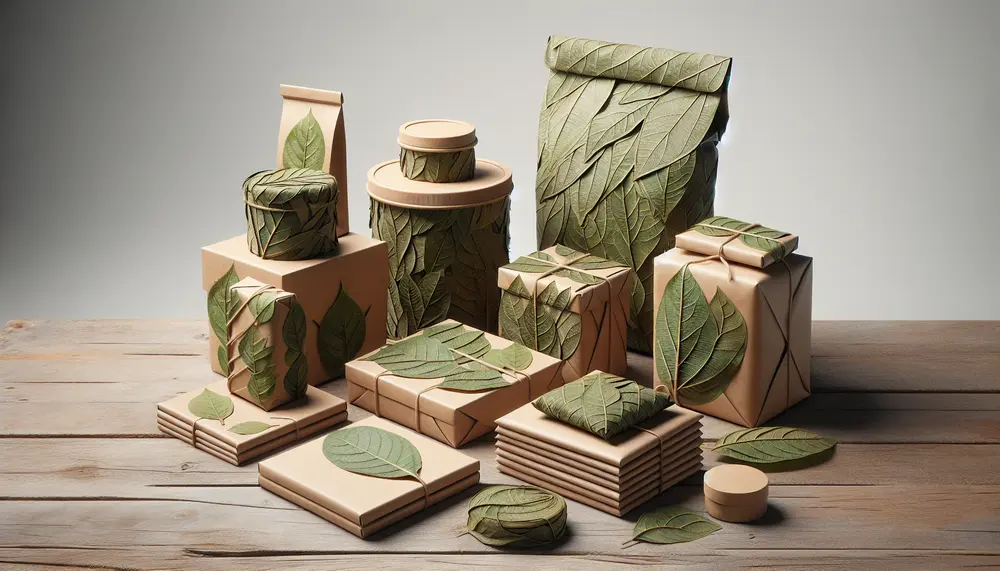
Leaf-based packaging materials are ancient practices re-emerging for modern sustainability, utilizing plant leaves as biodegradable and renewable solutions with minimal environmental impact. They reduce carbon emissions compared to plastic production, decompose rapidly without toxic residues, and align with circular economy...
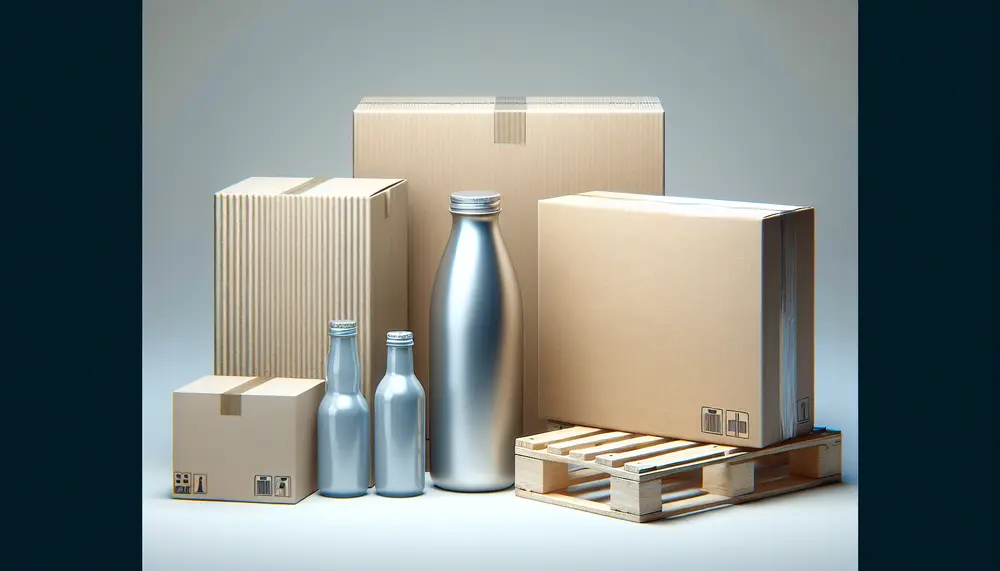
Packaging levels refer to the layers of packaging used from production to consumer, including primary (direct product contact), secondary (grouping and branding), and tertiary (bulk handling). Each level serves distinct purposes in protection, marketing, transportation, and regulatory compliance....
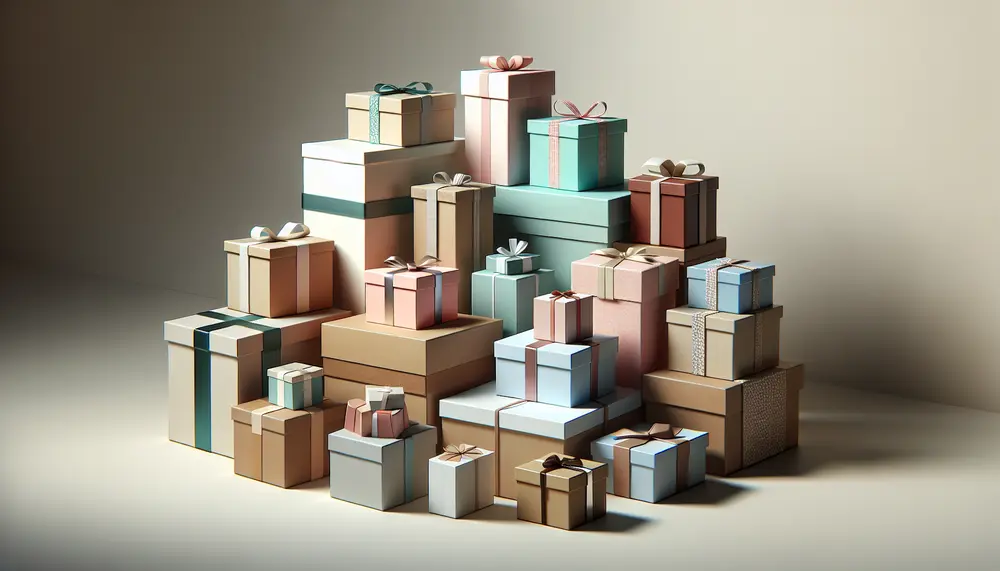
Unique packaging designs enhance gift boxes by creating memorable unboxing experiences and reflecting the giver's care. Personal touches, eco-friendly materials, and innovative design elements can elevate both personal gifts and brand identity. Creative packaging for gifts makes a strong first impression,...
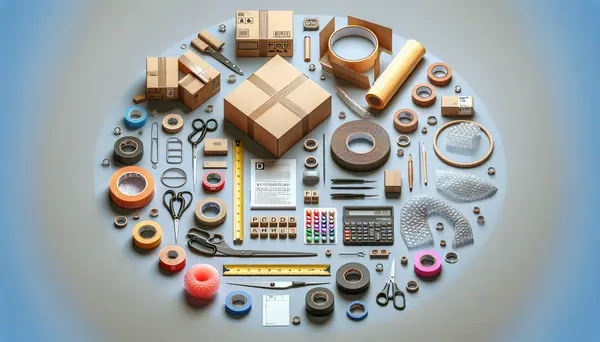
Packaging design is a process of creating exterior product protection and communication tool that encapsulate a brand's identity, conveys essential information about the product, and influences consumer purchasing decisions. Designers should prioritize clarity and simplicity, emphasize originality, ensure functionality, design...
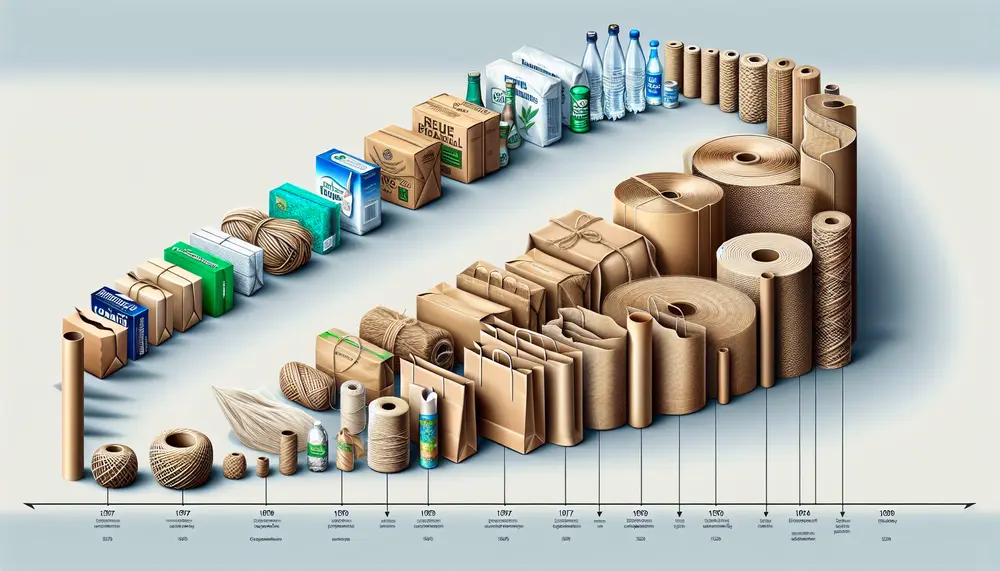
Packaging is a complex, engineered process for product protection, presentation, and preservation with functions including containment and information. It has evolved to incorporate user experience, environmental considerations, and technological advancements. Historically packaging materials have advanced from natural resources to modern lightweight...
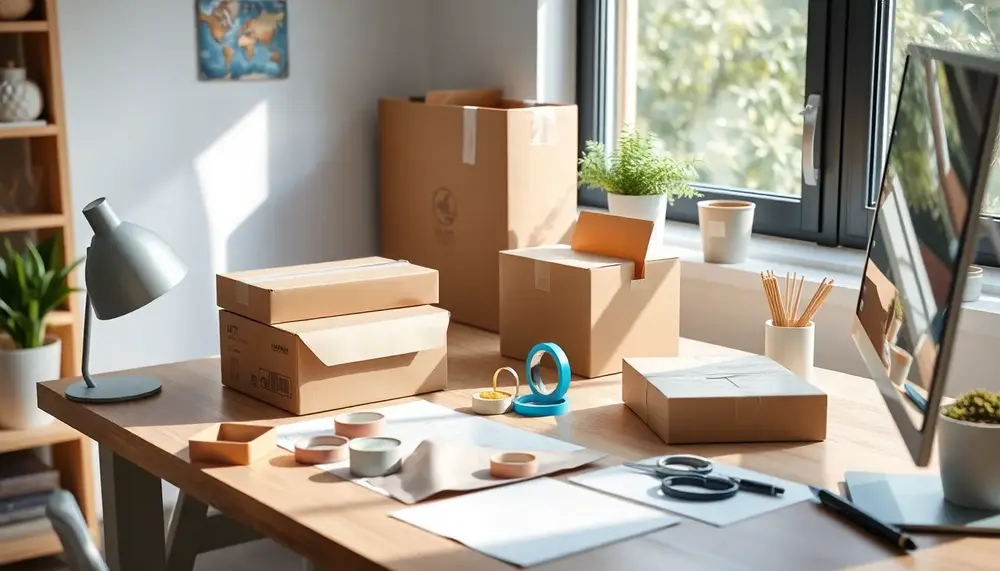
Remote packaging jobs offer flexible, home-based opportunities driven by e-commerce growth, requiring minimal qualifications and catering to diverse skill levels. These roles provide cost savings, autonomy, and steady demand but may involve challenges like repetitive tasks or managing distractions at...
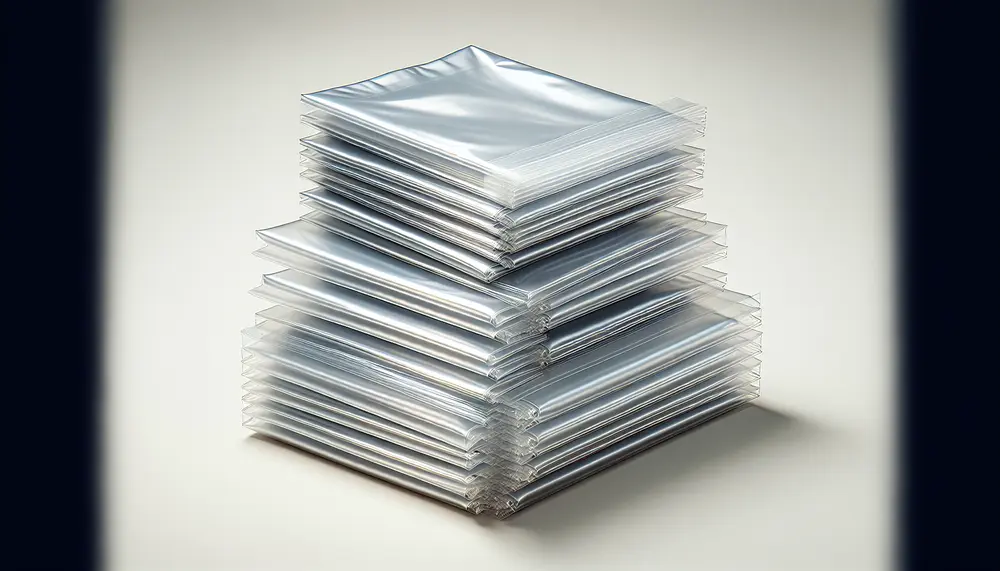
OPP bags, known for their strength and clarity, are essential in packaging for protection, presentation, and preservation of products. They offer advantages like durability, resealability, cost-effectiveness but have drawbacks such as being non-biodegradable; various types exist to suit different applications. Different...
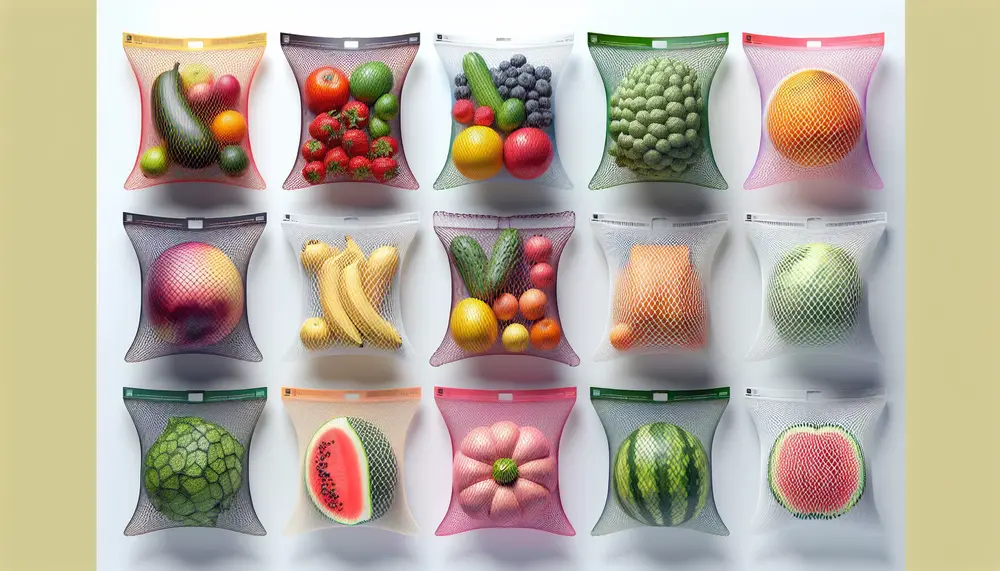
Packaging nets are crucial for protecting and transporting various products, offering benefits like airflow for perishables, visibility without opening the package, lightweight nature to reduce shipping costs, and environmental friendliness. They come in different types—extruded, knitted, woven, elastic—with specific characteristics...

This guide offers step-by-step instructions for creative gift wrapping techniques like zig-zag folds, pocket methods, and origami accents to elevate your presents. It also provides festive packaging ideas using layered textures, custom tags, personalized elements, unique color palettes, and reusable...

The article traces the history of packaging from natural materials used by early humans to innovations like wooden containers and paper, highlighting its role in trade and commerce. It details China's invention of paper as a transformative material for packaging...
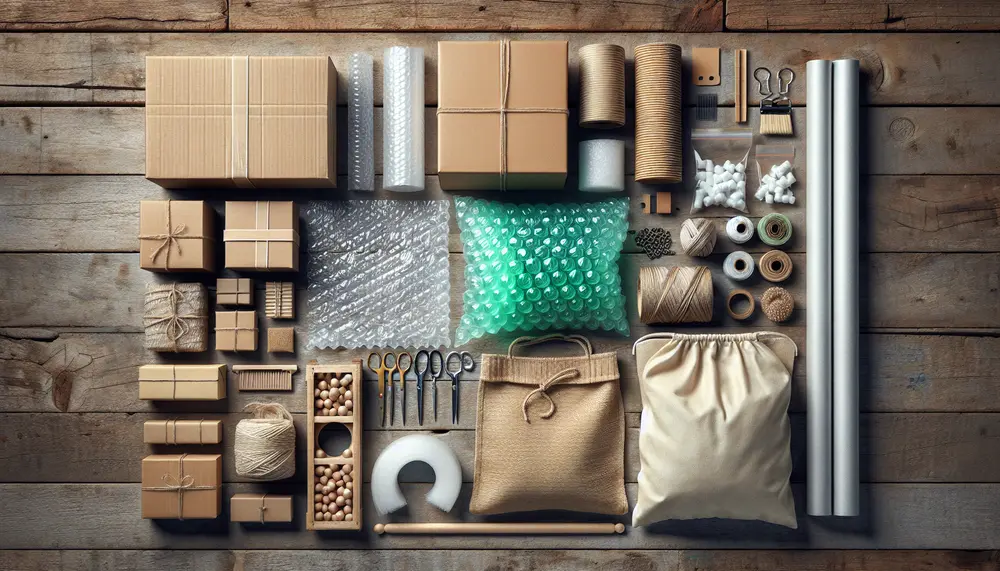
Packaging materials range from traditional paper and glass to modern bioplastics, each with unique properties affecting product safety, cost-effectiveness, and environmental impact. Selecting the right packaging is crucial for brand identity, customer satisfaction, and sustainability; factors like protection needs, branding...
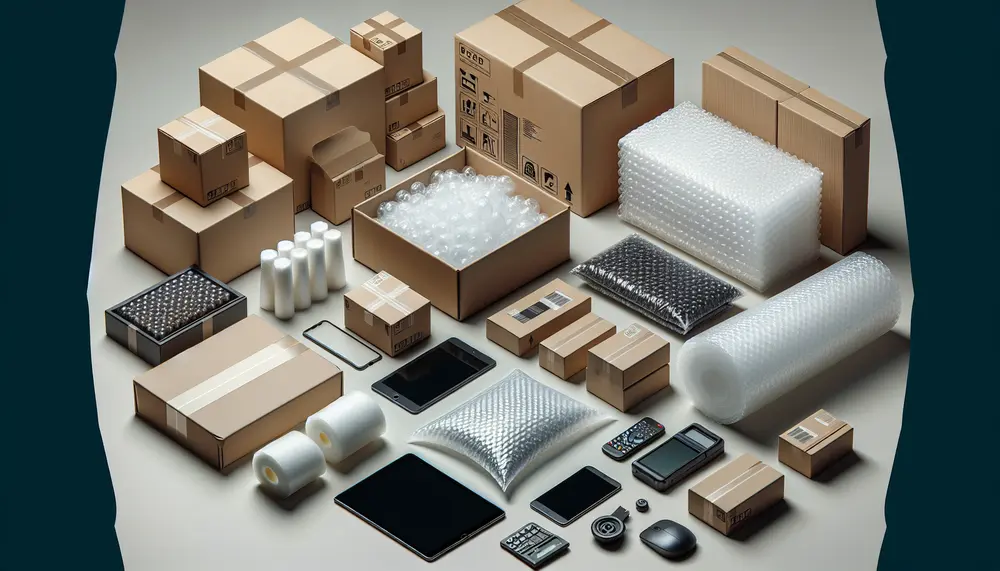
Effective electronic packaging is essential for protecting devices during transport and storage, impacting customer satisfaction and brand reputation. A guide to materials like plastic cushioning, thermoformed plastics, shielding bags, foams, and desiccants helps in selecting the right protection based on...
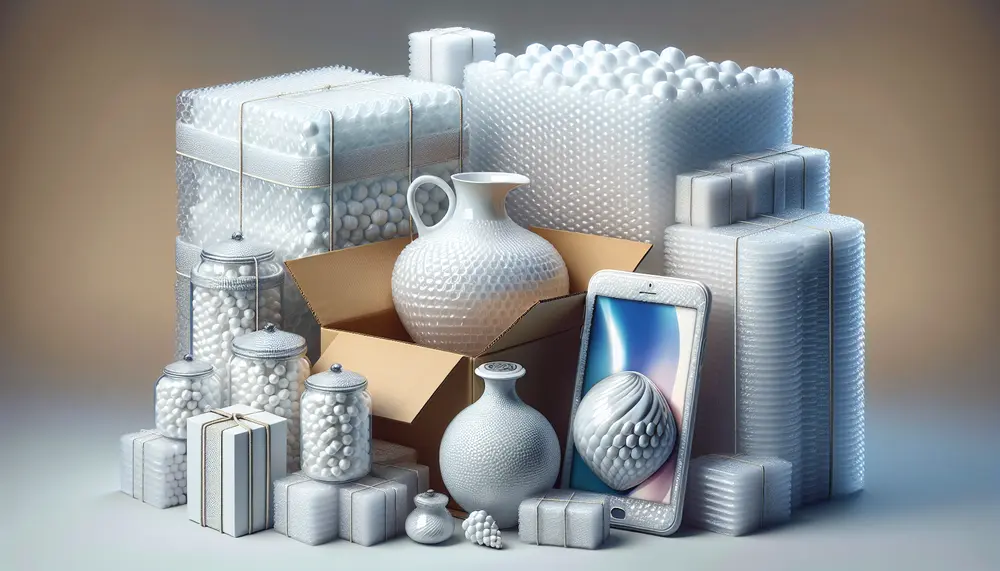
Protective packaging involves materials and methods to safeguard products from damage during shipping, handling, and storage. It is crucial for maintaining product integrity, reducing costs associated with returns and replacements, ensuring compliance with regulations, protecting against environmental factors, enhancing customer...
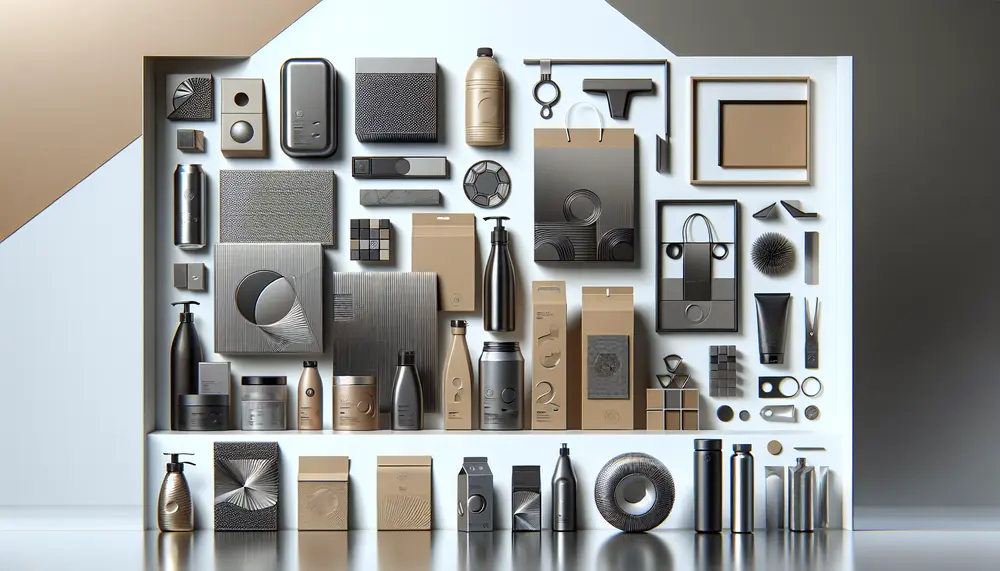
The 2024 packaging design trends emphasize aesthetics, functionality, and sustainability to enhance brand storytelling and consumer engagement. Trends include eco-friendly materials that reduce environmental impact but may increase costs, minimalist designs that offer a clean aesthetic while potentially being too...
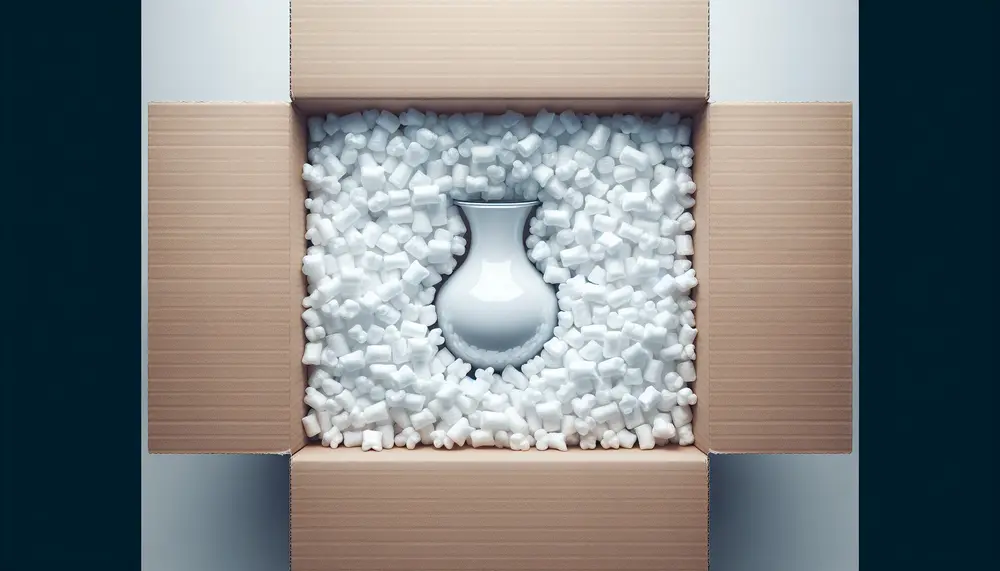
Packing peanuts are used in packaging to fill empty spaces, prevent movement, and absorb shocks during shipping. They come in various materials including Styrofoam and eco-friendly options like biodegradable starch-based peanuts, with TOTALPACK® offering high-grade reusable types. The environmental impact of...
